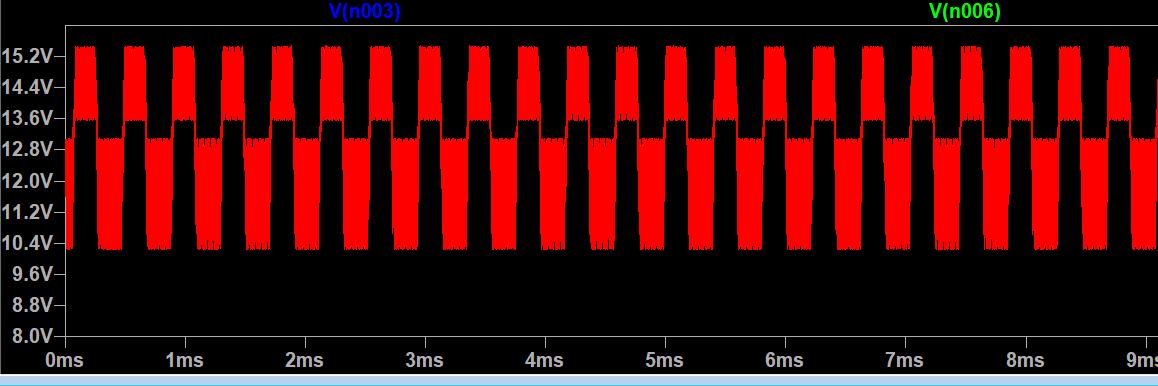I am trying to multiply my oscillator sine signal with my pulse. But, the voltage of the oscillator is too big so it saturates.

This is the output I am getting from my oscillator. I am getting the required 100kHz frequency for my oscillator by would like to reduce the voltage in order to feed it into my diff amp.

If I just add an 10mV sine input instead of the 300mV that I am getting from the oscillator, the circuit works properly. Can I reduce the voltage in the oscillator so that the output doesn't saturate or is there any way to change my diff amp in order for the output signal to not saturate.
My output when the signal from the oscillator is 300mV

My output when I feed a very small input sine wave into the input of the diff amp and my required output



